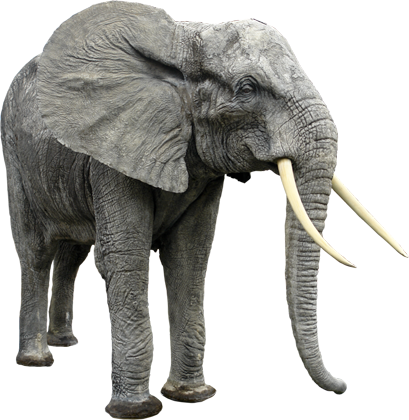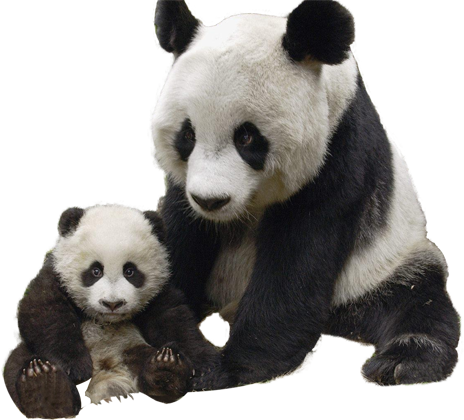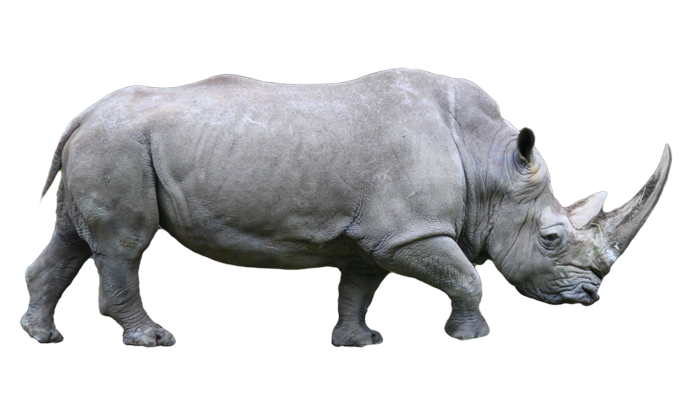Why are they Endangered?
African Elephants once numbered in the millions across Africa. By the mid-1980s their populations had been devastated by poaching, with numbers now only just above 10,000. The status of the species now varies greatly across the continent. Some populations remain in danger due to poaching for meat and ivory, habitat loss and conflict with humans.
Elephants are important because their future is tied to Africa’s rich bio-diversity. Scientists consider African Elephants to be keystone species as they help maintain suitable habitats for many other species in savannah and forest ecosystems.
The only way to save the African Elephant is if humans can slow the loss of natural habitat, strengthen activities against poachers and the illegal ivory trades and reduce conflict between human and Elephant populations. If we don’t do this the world’s largest land mammal may become extinct in the wild forever.









